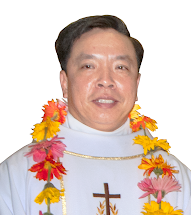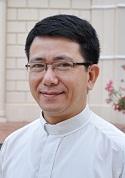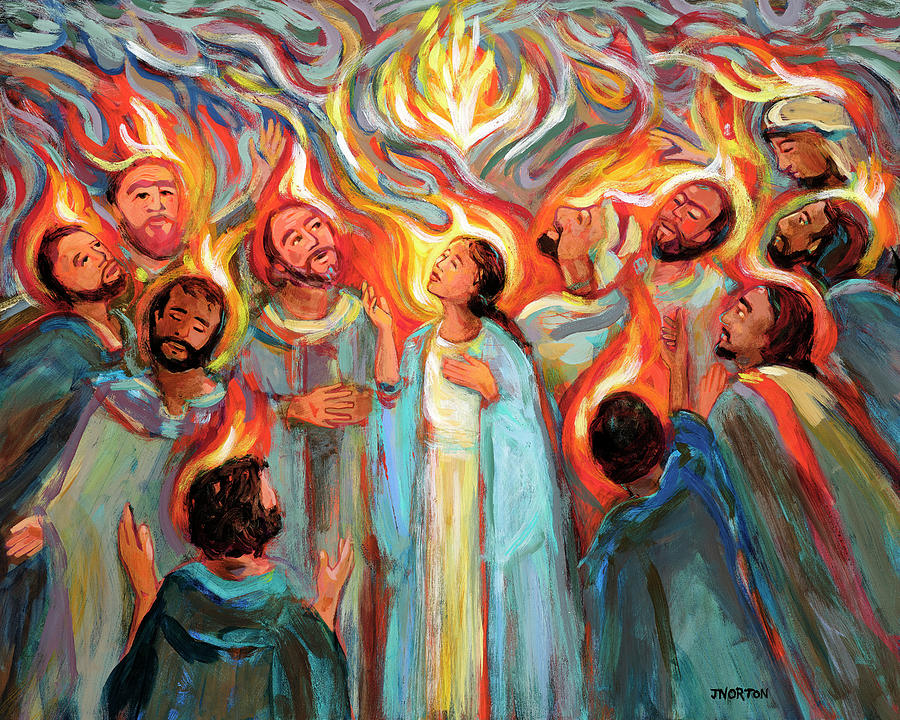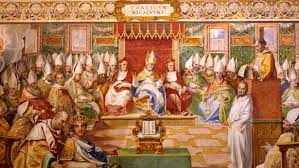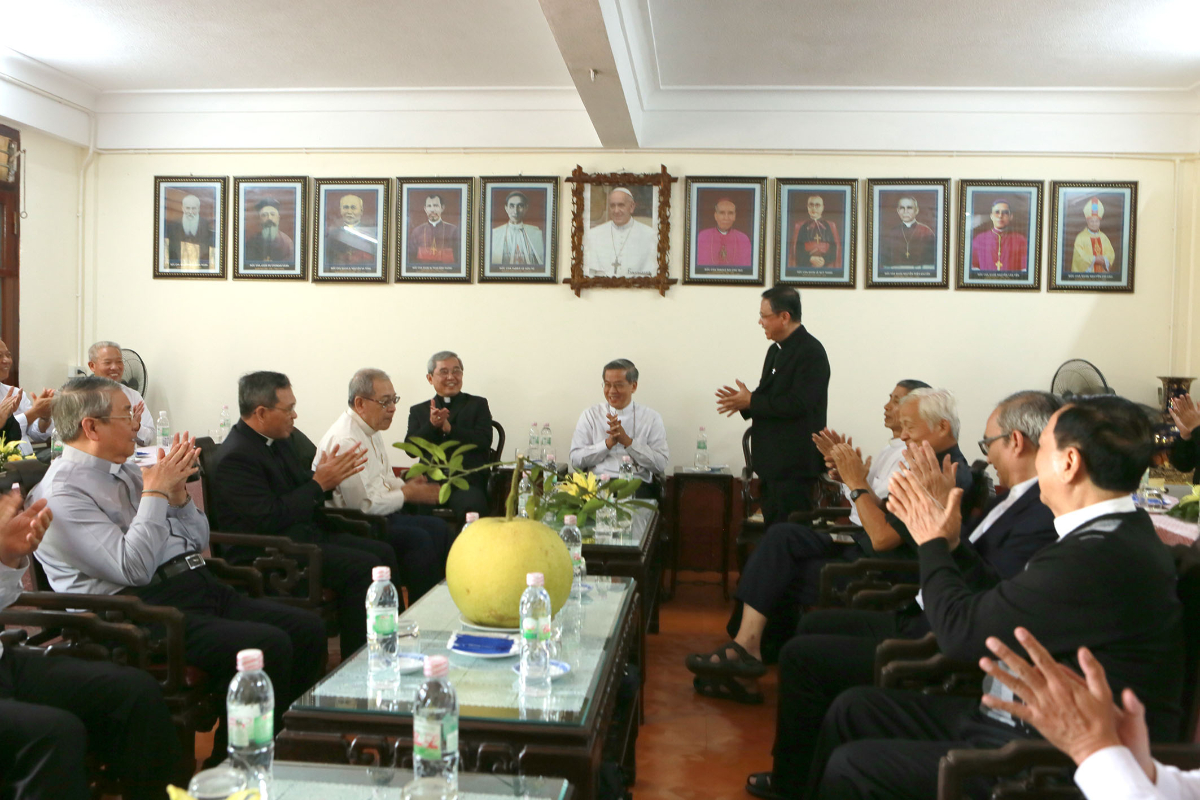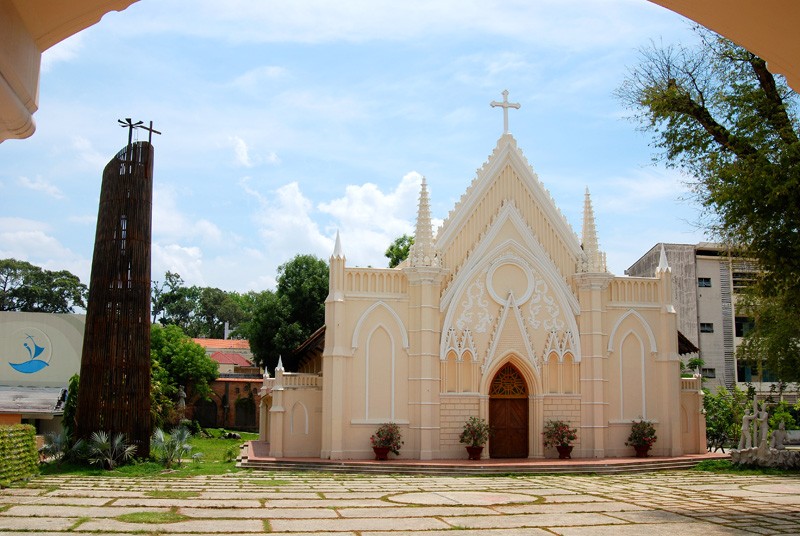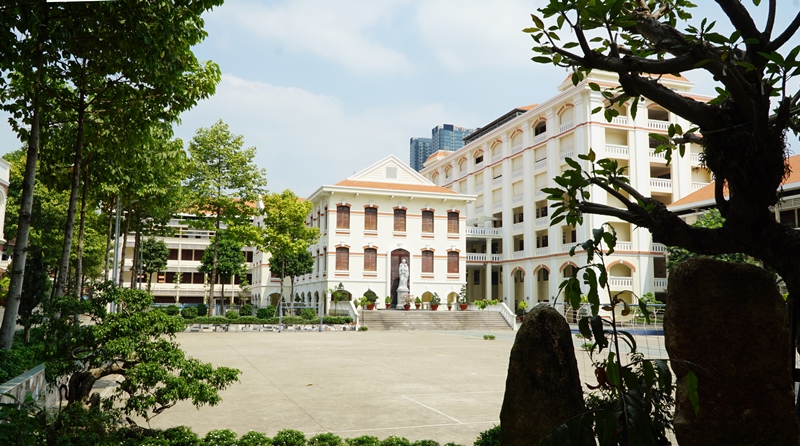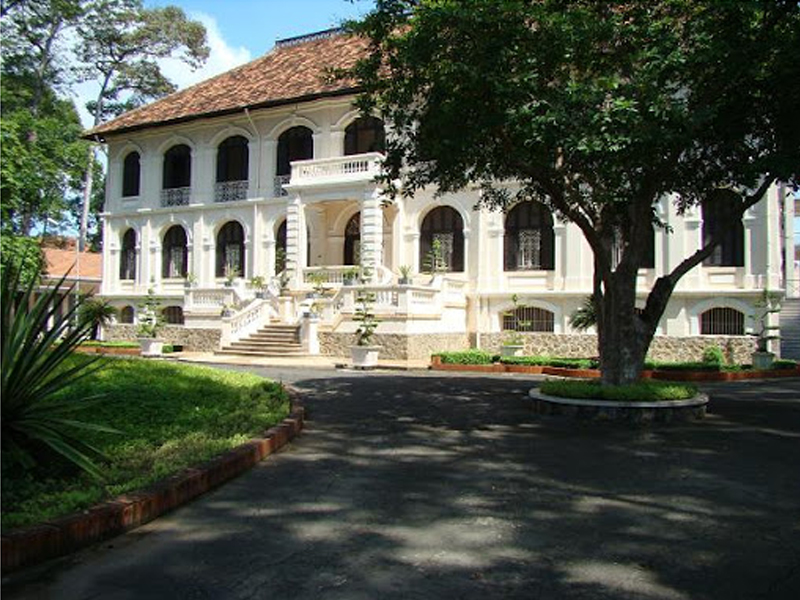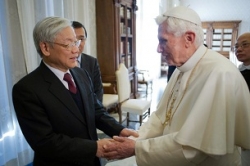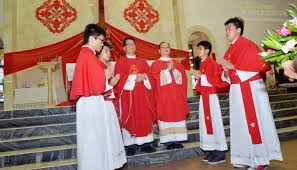Small Churches of Asia Offer Many Lessons at FABC Plenary Assembly
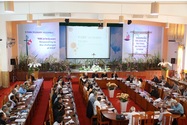
FABC -- The second day of the 10th Plenary Assembly of the Federation of Asian Bishops’ Conferences (FABC) was especially interesting and informative for bishops attending such an event for the first time, because it gave them a chance to learn about other Churches of Asia.
On Dec. 12, as participants offered reactions to the assembly’s working paper, “Responding to the Challenges of Asia: The New Evangelization,” they described the local Churches in which they are serving.
Some new-comers to this kind of FABC event belong to bishops’ conferences that are full members of the federation. Other first-timers are from small local Churches without an episcopal conference, so they represent places that are FABC associate members.
Timor Leste, which became the newest full member this year, is represented by Bishop Norberto do Amaral, who heads Maliana, the country’s newest diocese. He is joining an FABC plenary assembly for the first time. His is one of the smallest countries in the FABC – a bit less than 15,000 square kilometers – and its total population is only about one million, but Bishop Amaral said it can be called Asia’s most Catholic country because ”98 percent of the people are Catholics.” He added that Protestants account for one percent and Muslims less than one percent of the overall population.
A different reality persists in Turkmenistan, a Central Asian republic. It has the smallest number of Catholics of any country in the FABC. It is a “mission sui iuris,” a category reserved for a newly established Church or one that is especially small. According to Father Andrzei Madej, a Polish member of the Oblates of Mary Immaculate who has been its superior since 1992, the Church in Turkmenistan serves about 150 Catholics. They include diplomats assigned to the country and a number of overseas workers from the Philippines. However, he added, “our Church is growing because we usually add two new Catholics annually in this country of five million people.”
Kyrgyzstan, Tajikistan and Uzbekistan, other Central Asian countries that are FABC associate members, have shrinking Catholic populations due to ethnic migration back to Germany, Russia and Poland. Tajikistan, for example, once had several thousand Catholics, mostly ethnic Germans, but there now are only 326 in a population of 7.1 million.
In Kazakhstan, another Central Asian republic that became a full FABC member in 2008, the situation is different. Archbishop Tomasz Peta of Maria Santissima in Astana told the assembly that his country has 150,000 Catholics spread through its four ecclesiastical territories. Bishop Jose Luis Mumbiel of Almaty remarked in an interview that his own diocese officially has 30,000 Catholics but only 3,000 attend Sunday Mass. “Slowly we are trying to find ways to have more people attend Mass,” he said. “We hope to increase the number of parishes so people can attend more easily.”
Mongolia, another FABC associate member, was named a “mission sui juris” in 1922, but the Church really began to come to life there just 20 years ago. Its leader, Bishop Wenceslao Padilla, a Filipino member of the Congregation of the Immaculate Heart of Mary, reported that Mongolia had no Catholics when he arrived in 1992, but it has since become the prefecture apostolic of Ulaanbaatar and grown to 850 members.
“Although we have 850 members, about 19% no longer go to Church and many have reverted to their old religions. This is our concern and we need to begin new programs for our converts,” Bishop Padilla said.
Catholics account for about 1% or less of the population in some parts of South Asia. One example is Nepal, where Jesuit Bishop Antonio Francis Sharma serves as vicar apostolic. He told fellow bishops that his country has fewer than 8,000 Catholics among its 27.5 million people, but Church-run schools in Nepal are educating more than 23,000 children, and 99.9% of them are non-Catholics.
In East Asia, Catholics represent less than one percent of the population in Japan and in mainland China, but nearly 9 percent of South Korea’s 50 million citizens are Catholics.
A clear message reflected through all the reports is that regardless of a local Church’s size, the bishops, priests, religious and lay Catholics to witness to Jesus Christ and to evangelize through ongoing dialogue with people of other faiths, with their local culture and with the poor.
71 participants including cardinals, archbishops and bishops from 22 countries, as well as fraternal delegates and guests from beyond Asia, are attending the six-day plenary assembly. It is taking place at Xuan Loc Pastoral Centre, part of a large compound of the Catholic diocese of Xuan Loc in Dong Nai Province, east of Ho Chi Minh City.
Latest Posts
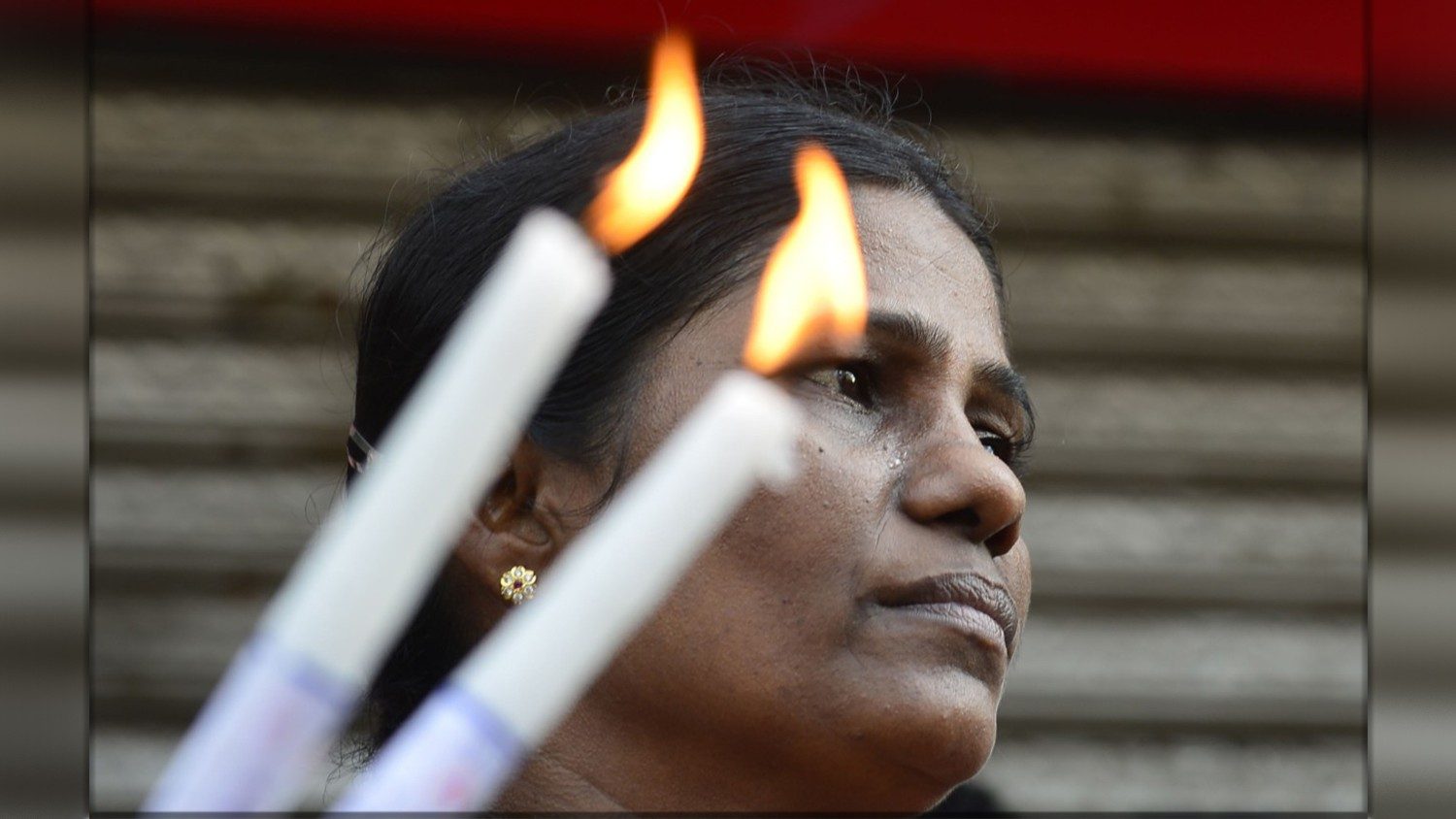
- Caritas Sri Lanka: fighting fear, promoting reconciliation
-
Pope Benedict XVI announces his resignation at end of month -
FABC Welcomes Timor Leste as Its Newest Member -
Dreams of FABC Pioneers Offer Lessons for Today’s Asian Church Leaders -
Six New Cardinals Created at Consistory -
Church plays an important role in the integration of migrants -
Pope meets with new Cardinals -
Vatican Official Remembers Cardinal Nguyễn Văn Thuận on 10th Anniversary of His Death -
BISCOM 8 on Social Media
Popular Post
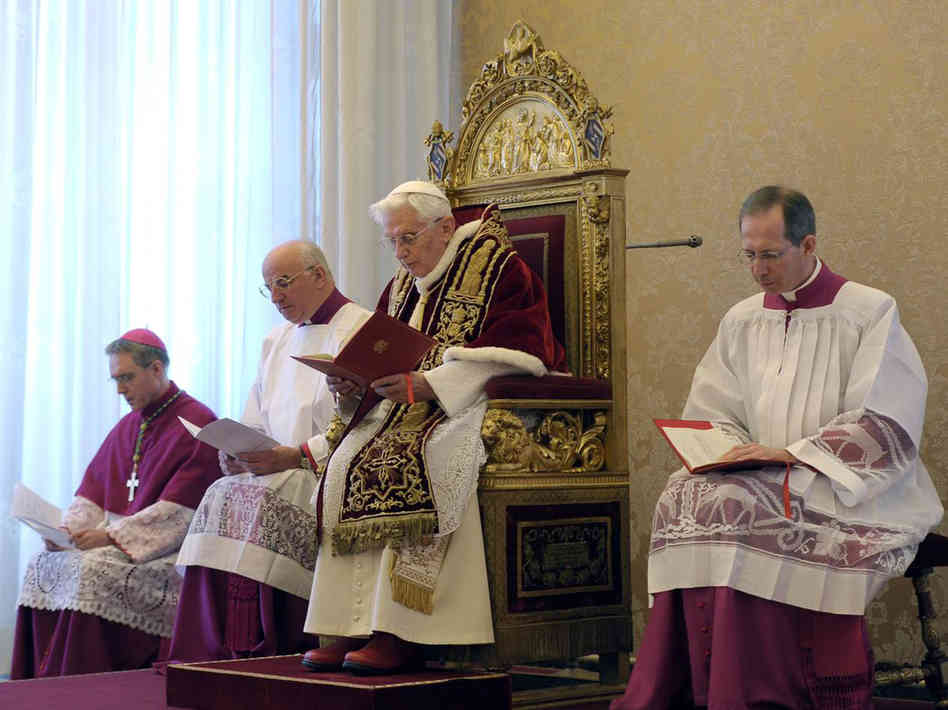
- Pope Benedict XVI announces his resignation at end of month
-
Six New Cardinals Created at Consistory -
Pope meets with new Cardinals -
FABC Welcomes Timor Leste as Its Newest Member -
Vatican Official Remembers Cardinal Nguyễn Văn Thuận on 10th Anniversary of His Death -
Caritas Sri Lanka: fighting fear, promoting reconciliation -
Dreams of FABC Pioneers Offer Lessons for Today’s Asian Church Leaders -
Church plays an important role in the integration of migrants -
BISCOM 8 on Social Media


